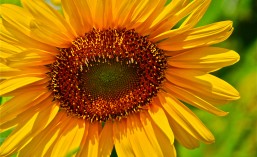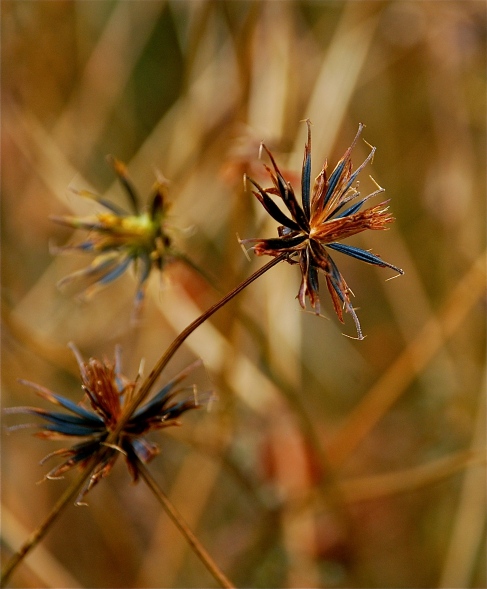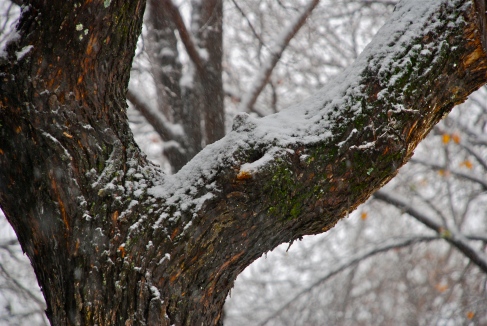La plus grande des joies
C’est de croire en Toi
Et de se réfugier en Toi
Père des Mondes,
Et de l’Enfant en moi.
~Poème written by Frédéric at: http://poemsandpoemes.wordpress.com/about/
Translation:
The greatest joy
It is to believe in You
And take refuge in You
Father of the Worlds
And of the Child in me.
Recently I was up early enough to witness dawn’s first golden glimmer of light pierce holes in the dense, leafy green darkness at the back fence. Then as the morning light lifted night’s dark shades higher and higher, the fragrance of Autumn Clematis floated along on the bright morn’s happy wings. Soon butterflies, creatures of the wind, danced and rejoiced while happy voices on the TV echoed in celebration within the walls of a sanctuary. Therein the sunlight fell in brilliant fragments through the stained glass windows, and all that those colorful bits of light touched seemed to be filled with the same kind of holiness that I had felt streak through our trees.
“To speak truly, few adult persons can see nature. Most persons do not see the sun. At least they have a very superficial seeing. The sun illuminates only the eye of the man, but shines into the eye and heart of the child. The lover of nature is he whose inward and outward senses are still truly adjusted to each other; who has retained the spirit of infancy even into the era of manhood.” ~Ralph Waldo Emerson
Lord I love the Temple where you live, where your glory is. ~Psalm 26:8 ✝
** Image via Pinteest









